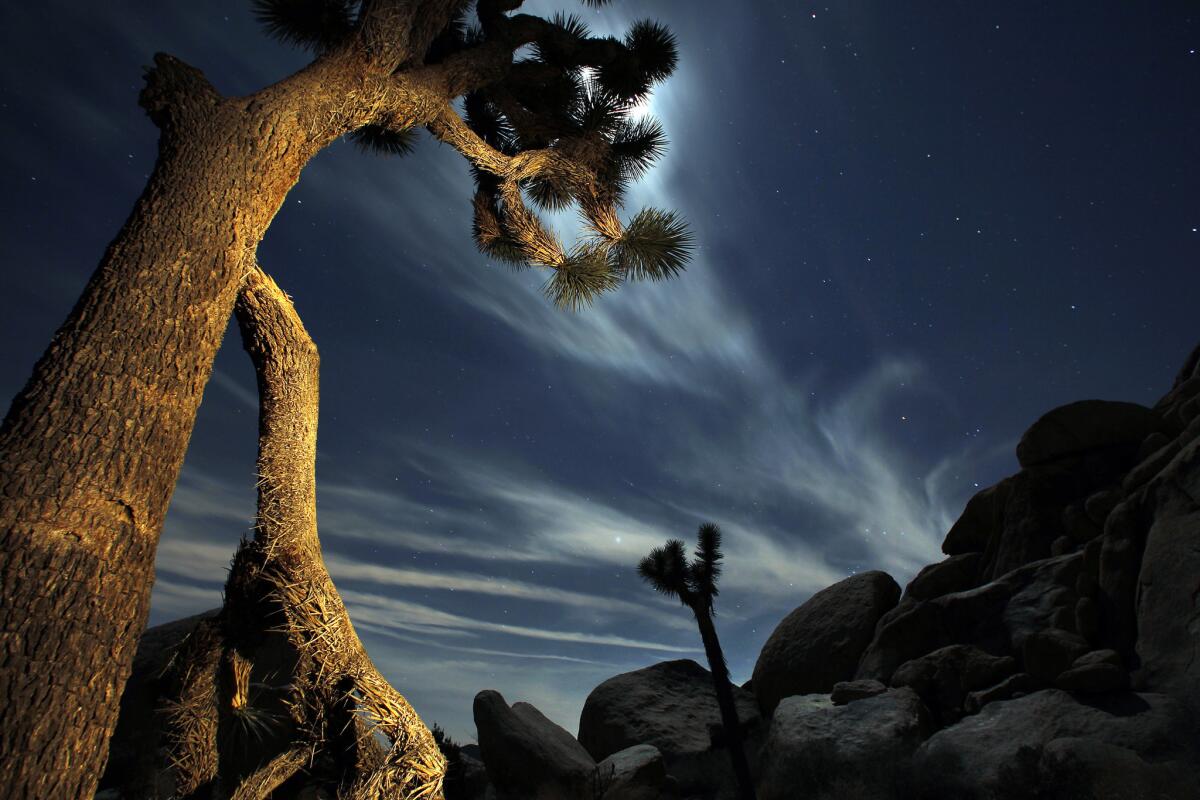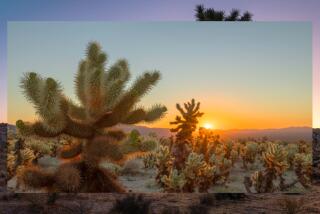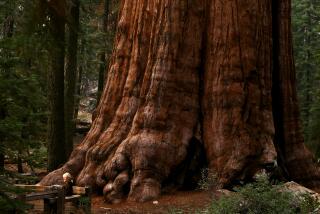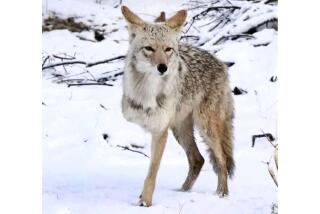Trash, vandalism, excrement, partial shutdown. Yet Joshua Tree set visitation records

Joshua Tree National Park, already gaining popularity faster than any other California national park, set an attendance record in 2019, an early tally shows.
Preliminary park statistics shows Joshua Tree logged almost 3 million recreational visitors for the year — and that was a year that included vandalism, trash and toilet troubles during a partial federal government shutdown that began before Christmas 2018 and ended 35 days later.
But those great numbers may not be such great news.
“More people are coming,” said park spokeswoman Hannah Schwalbe. “They’re telling more people and sharing more stories on social media. And sharing more photos.
“We’re trying to allocate staff specifically to manage crowds and help traffic flow.”
A rich wildflower bloom in spring and a late December storm that blanketed the park’s otherworldly flora and granite boulders with snow boosted the numbers.
The 2019 figure is up more than 46,000 from 2018 and is more than twice the park’s visitor total in 2013. Since 2013, Joshua Tree’s attendance has grown faster than any of the state’s eight other national parks, a pace that has complicated life for visitors and rangers alike.
Many of these numbers may change slightly as park officials update and double-check details in the coming weeks, Schwalbe said. But the broader results show it was a busy year in the desert.
More than 300,000 of the 2019 visitors came in the last month of the year, the busiest December since Joshua Tree was designated a national park in 1994.
“The snow this year definitely brought out a huge number of people, which was exciting,” Schwalbe said.
Among the factors in the attendance boom: the increasing popularity of rock climbing; the growth of the Coachella and Stagecoach music festivals (founded in 1999 and 2007, respectively); the growth of the town of Joshua Tree as an art community; and the increasingly popularity of park-adjacent vacation homes.
For those who’d prefer to see the park with less company, the statistics may serve as a guide.
The 800,000-acre park’s southern entrance at Cottonwood gets far less traffic than its western entrance at the town of Joshua Tree (which is the busiest) or the northern entrance at the city of 29 Palms.
The park’s busiest month is March, a trend that has held for several years.
(If you can avoid school spring breaks, the spokeswoman said, you’ll find the park substantially calmer. The Los Angeles Unified School District 2020 spring break is April 6-10.)
The slowest months, not surprisingly, are July and August, when temperatures often surpass 100 and rangers note that the heat can be fatal.
On Dec. 20, rangers found human skeletal remains in the park’s 49 Palms Oasis area that were later identified as those of a 51-year-old hiker from Canada who was last seen on a nearby trail in July 2018.
The following preliminary numbers show recreational visitors to California’s eight other national parks in 2019.
Channel Islands: 409,630 visitors, its busiest year since 2005
Death Valley: 1.74 million visitors, up 3.8% from 2018
Kings Canyon: 632,110 visitors, down from 699,023 in 2018
Lassen Volcanic: 517,040 visitors, up from 499,435 in 2018
Pinnacles: 177,224 visitors, down from 222,153 in 2018
Sequoia: 1.24 million visitors, up from 1.22 million in 2018
Redwood: 504,722 visitors, up from 482,536 in 2018
Yosemite: 4.27 million visitors through November, up from about 3.7 million for the same period in 2018. Figures for December 2019 have not yet been released.
More to Read
Sign up for The Wild
We’ll help you find the best places to hike, bike and run, as well as the perfect silent spots for meditation and yoga.
You may occasionally receive promotional content from the Los Angeles Times.







